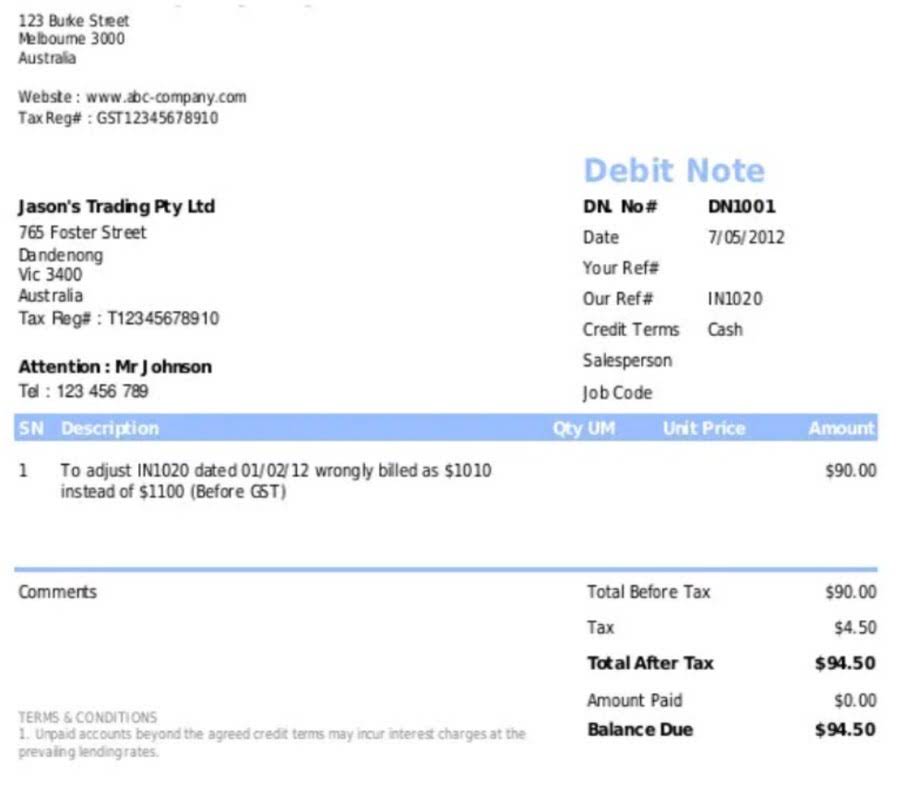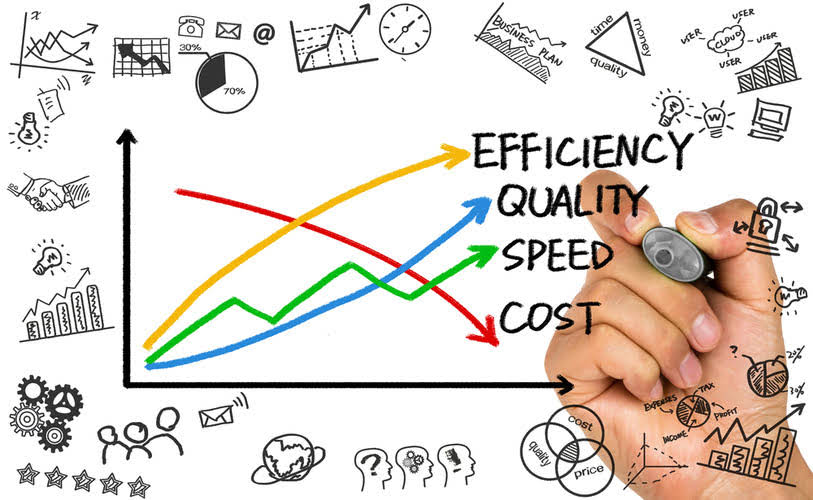
This makes it essential to resolve ECS-related issues promptly to avoid facing such consequences. That means the funds either never arrive or are pulled back from your account. These return events can lead to delays, fees, and potential compliance issues if not handled correctly. Successful ACH debit transactions can usually be settled within one business day, but ACH payments that are unsuccessful or rejected will spur an ACH return.

Types of ECS (ECS Credit and ECS Debit)
To understand the issue, we must first know the ACH payment full form. In India, this system operates through the National Automated Clearing House (NACH) under the supervision of the National Payments Corporation of India (NPCI). An ACH return occurs when an ACH payment fails to go through and is sent back by the receiving bank.
Return Fees: What They Are and Who Pays
From big organizations to small and medium-sized businesses, ACH debit is used to collect payments for recurring transactions. The ACH network enables payment services for a broad spectrum of users on their reliability and cost-effectiveness. Whenever a business or individual initiates an ACH debit transaction, the payee needs to get authorization from the account holder first to take funds from their account. Then, they make the request to contact the OFDI while transferring the funds. For instance, let us assume that a customer would want to ensure the payment of the electricity bill with the help of ACH debit. Here, the customer serves as the transaction’s originator, and the bank is the OFDI (Originating Financial Depository Institution).
Community to Simplify Financial Decisions
- When they do inevitably happen, we don’t penalize you for any fees and our team helps you navigate the resolution and dispute process end to end.
- In accordance with NACHA, the RDFI and ODFI are responsible for handling the resolution of these returns.
- He also incurs a late payment penalty of ₹200 from the electricity company.
- These fees are similar to the charges you might encounter with a bounced check, but they occur within the ACH network.
If the return happens due to insufficient balance, banks may apply an additional charge known as ACH debit return charges. Each failure triggers specific ACH return codes, which provide insights into the nature of the problem. Understanding these codes is essential for improving your success rate and reducing repeat issues. A failed debit requires someone to identify the cause, contact ach ret charges the customer, and restart the payment process. ACH debit automates recurring payments making it convenient for businesses to collect payments from their customers.


The ACH return charges may vary depending upon the initial payment requested. Therefore, it is better to know exactly what the ACH debit return charge is. Before beginning to answer your query about, what is ACH debit return charges, I would like to brief you on the ACH debit return charges. A type of electronic transaction known as an ACH Debit gives a recipient the authority to withdraw money immediately from a payer’s account. As a result, a customer who needs to pay for recurrent supplies may choose to use this service to pay less Liability Accounts hassle-free.
Bank-initiated ACH return codes

When handling transactions with Automated Clearing House (ACH) payments, awareness of ACH returns is a must. While these ACG payment returns are not commonplace, it’s possible to experience them every now and then, especially if the bulk of your transactions are ACH payments. But with a systematic approach, businesses can mitigate the negative impacts and improve their payment processes.

ACH vs Wire transfer
- Plaid Signal is an example of a tool that provides an instant risk assessment, allowing you to customize payment flows based on the likelihood of an ACH return.
- This failure may happen because the account is closed, the balance is too low, the account number is incorrect, or authorisation is missing.
- An ACH return occurs when a payment cannot be processed and is sent back to the originator.
- For starters, ACH returns typically cost between $2 and $5, depending on the ACH processor.
- Certain types of transactions can result in higher numbers of returned entries.
Be sure to document each step, and look out for any fees that may be charged due to the return. Not to be confused with the manual request to cancel a completed transaction called a reversal, the return will arrive because the transaction could not be completed. Instead of settling the transaction as expected by the ODFI, the RDFI sends a kind of shorthand return code back to the ODFI explaining why the transaction fixed assets did not go through. The ODFI will notify the customer that a transaction was canceled to allow the customer to address the issue.
